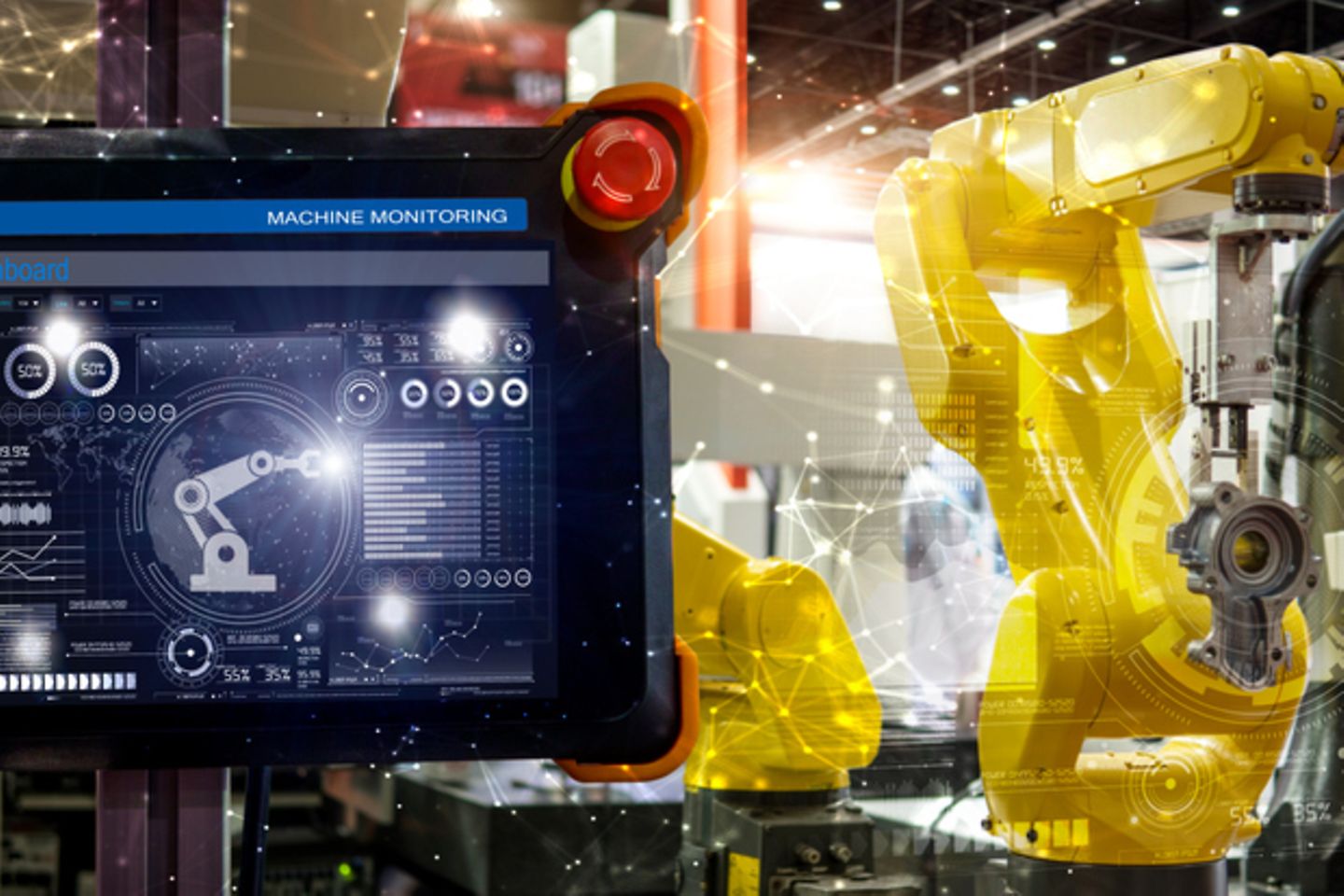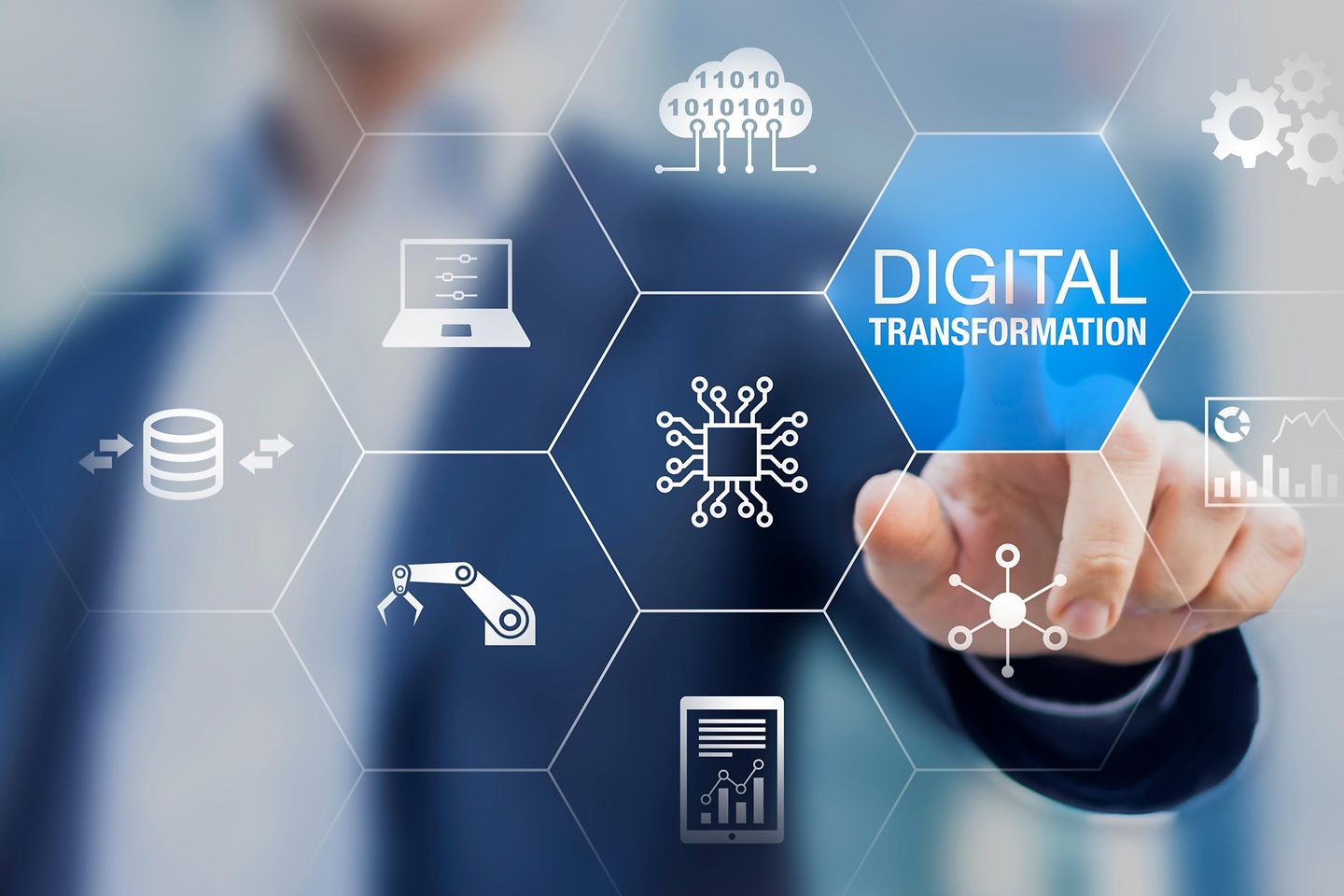
Standing still is a step backwards, especially for production companies. They often play a pioneering role in terms of technological development. This also applies to the digital transformation, because modern technologies offer Industry 4.0 numerous opportunities to develop new business models and improve processes. However, German companies often have a lot of catching up to do, especially in process optimization.

For production companies, for example, this means digitizing and automating their intralogistics. Interfaces between the supplier and the customer must also be created. This enables the production of goods to be tracked transparently, from supply and storage, through to further processing and subsequent delivery, thus allowing quality to be improved while increasing the company’s own competitive edge. For example, when employees in production areas request spare parts via driverless transport systems (AGVs). Stock levels are automatically checked by the system, the AGV drives autonomously into the warehouse and picks the right spare part at the destination. The AGV scans the current stock via camera, and the system reorders goods as required via interfaces to warehouse management and the ERP system. Using precise positioning, the AGV locates the employee who initiated the order and delivers the spare part to its destination as quickly as possible The basis for such an automated smart factory process is data. However, the question of how to generate and collect data from machines and work processes is not the first step when moving towards digitization.
Only an efficient transmission infrastructure makes it possible to interconnect devices and collect data in a smart factory. The higher the demands on such a network are, the higher its performance must be. With regard to Industry 4.0, a campus network provides reliable, flexible and high performance connectivity on the factory floor. In a 5G network, users benefit from high bandwidth, low latency and high availability - ideal for the fully networked smart factory. This enables applications from the Internet of Things (Internet of Things/IoT), integrated sensor technology or intelligent algorithms to be operated without any problems, and the produced data can be processed in real time. The advantage of cellular transmission technologies like 5G or LTE: Production facilities can be set up in a modular fashion and adapted to changing business conditions without the need to make costly changes to the network infrastructure. Exclusive licensing protects the frequency spectrum used - and thus stability in the manufacturing process.

In addition to the IT infrastructure and technology, the digitization strategy is also an essential aspect on the way to the smart factory. With a methodical approach, companies can decide how to use which digital technology for each use case, in order to save time and money. These five steps are important: